Spice, Soul, and Savory Stories: Exploring South Africa’s Flavorful Food Culture
South African food culture is like a symphony — each note (or spice) plays its own unique role, but together they create something absolutely magical. From the smoky aroma of a braai to the warm, earthy scent of curry simmering on a stove, South African cuisine tells stories passed down through generations. So buckle up your taste buds — we’re diving into the vibrant spices, traditions, and flavors that make this food scene one of the most exciting in the world.
Table of Contents
- The Spice Mosaic: How History Flavored South Africa
- Must-Try Spices & Their Role in South African Cooking
- Braai, Bobotie & Biltong: Iconic Dishes You Can’t Miss
- Practical Spice Tips for Mastering South African Flavors at Home
- From Cape Town to KwaZulu-Natal: Regional Spice Variations Across South Africa
- Food as Identity: The Cultural Significance of Spices in South Africa
- Conclusion: Savoring the Spirit of South African Cuisine
The Spice Mosaic: How History Flavored South Africa
South African cuisine isn't just a melting pot — it's more like a flavor fireworks show. Influences from Dutch settlers, Malay slaves, Indian laborers, indigenous tribes, and British colonists all contributed to the rich culinary tapestry you experience today. Each group brought their own signature spices and cooking styles, creating a cuisine that reflects centuries of cultural exchange and adaptation.
- Dutch settlers introduced hearty stews and baking techniques
- Malay slaves brought exotic spices like cardamom, cloves, and nutmeg
- Indian workers added cumin, coriander, and chili peppers
- Bantu-speaking communities contributed staples like maize and sorghum
Must-Try Spices & Their Role in South African Cooking
If you want to cook like a true Capetonian or Durbanite, start with these spices. They’re the backbone of many traditional dishes:
| Spice | Flavor Profile | Common Uses |
|---|---|---|
| Cumin | Earthy, nutty, slightly peppery | Curries, bobotie, rotis |
| Paprika | Sweet and mild, sometimes smoky | Braising meats, spice blends |
| Turmeric | Earty, musky, slightly bitter | Giving color and warmth to curries |
| Allspice | Warm, sweet-spicy blend of cinnamon, clove, and nutmeg | Stews and pickled vegetables |
| Coriander | Fresh, citrusy, herbal | Chutneys, sambals, marinades |
| Masala | Varies depending on region, usually a complex mix | Curries, biryanis, meat dishes |
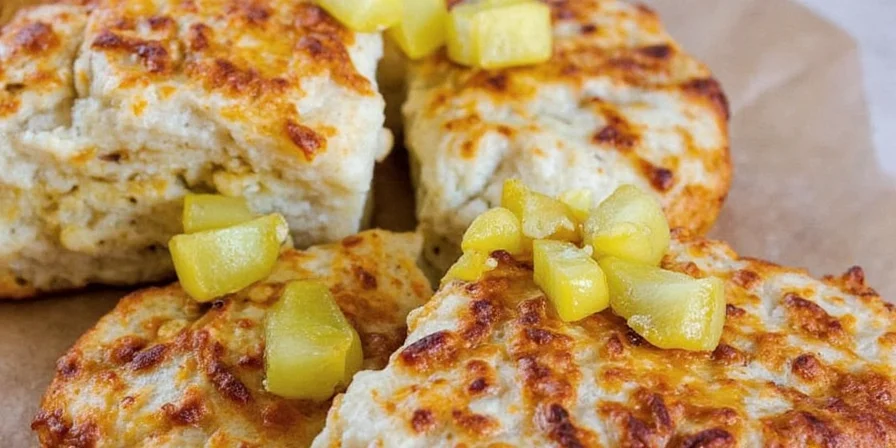
Braai, Bobotie & Biltong: Iconic Dishes You Can’t Miss
Now that we’ve got our spice cabinet ready, let’s talk about some iconic dishes where those spices really shine:
Bobotie
The unofficial national dish of South Africa, Bobotie is a spiced minced meat casserole topped with a custard-like egg mixture. Cumin, turmeric, and curry powder give it that signature golden hue and fragrant depth.

Braai (Barbecue)
In South Africa, grilling isn’t just cooking — it’s an event. A braai involves marinated meats seasoned with bold spice blends like “bielie-bal” or “boerewors” spices.
Biltong
This air-dried cured meat is like the OG beef jerky — spiced with vinegar, coriander, and black pepper. Perfect for road trips, hiking, or snacking while watching rugby!
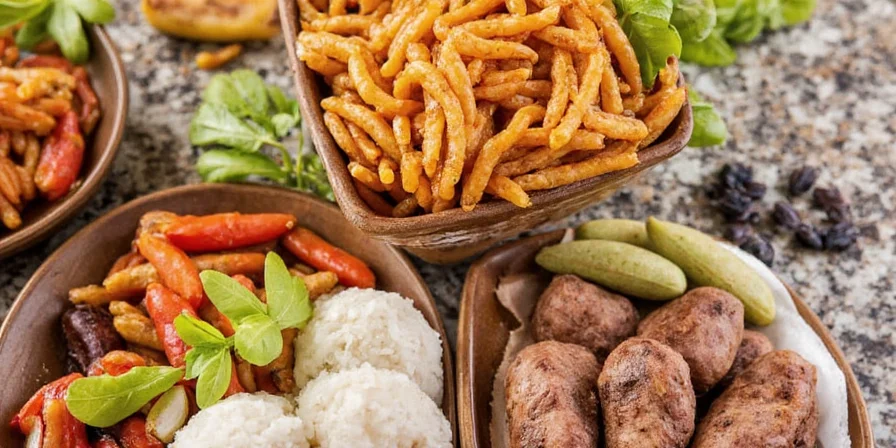
Practical Spice Tips for Mastering South African Flavors at Home
Ready to bring a bit of Jo’burg or Durban into your kitchen? Here are some pro tips:
- Roast Your Spices: Toast whole spices like cumin seeds before grinding them. It releases essential oils and intensifies flavor.
- Make Your Own Masala: Experiment with different ratios of cumin, coriander, turmeric, and chili to find your perfect curry blend.
- Add Vinegar for Tang: Especially useful in dishes like sosaties (kebabs), where acidity balances out rich spices.
- Don’t Forget the Bay Leaves: Used in stews and curries, they add subtle bitterness that enhances other flavors.
- Use Fresh Ingredients: Fresh chilies, garlic, and ginger are non-negotiable in many South African dishes.
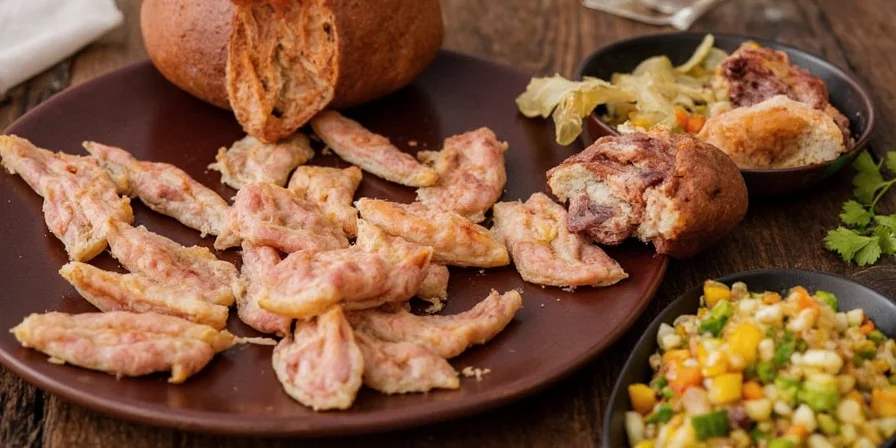
From Cape Town to KwaZulu-Natal: Regional Spice Variations Across South Africa
While there’s a shared foundation of spices across the country, regional differences offer fascinating variations:
| Region | Signature Dishes | Unique Spice Combinations |
|---|---|---|
| Cape Town (Cape Malay Influence) | Bredie, Koeksisters | Nutmeg, cloves, cinnamon |
| KwaZulu-Natal | Bunny Chow, Durban Curry | Extra chili, garlic, fresh herbs |
| Free State | Venison stew, Droëwors | Dry, rustic spices; paprika-heavy |
| Gauteng | Chakalaka, Pap | Smoky paprika, tomato-based seasonings |
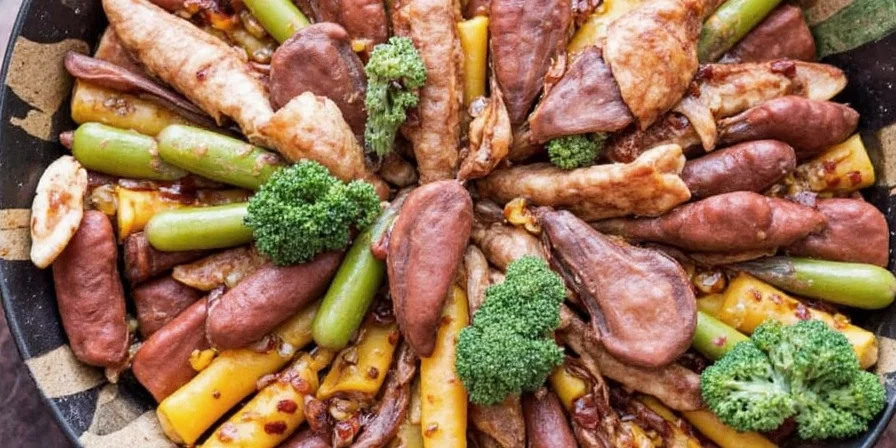
Food as Identity: The Cultural Significance of Spices in South Africa
Spices aren’t just about flavor in South Africa — they carry memories, tell stories, and serve as a link between generations. Whether it’s the scent of roasting coriander reminding someone of their grandmother’s kitchen or the fiery kick of peri-peri sauce symbolizing resilience, food is deeply tied to identity.
For the Malay community, spices are a legacy of survival and creativity under oppression. For Zulu or Xhosa families, communal meals with spiced stews and porridge reinforce values of sharing and togetherness.
Conclusion: Savoring the Spirit of South African Cuisine
Exploring South African food culture is like taking a flavorful journey through history, geography, and human connection. Whether you're biting into a spicy bunny chow in Durban, enjoying a chilled glass of Amarula liqueur, or sizzling boerewors over a charcoal grill, you’re participating in a tradition that spans continents and centuries.
So next time you reach for your spice rack, don’t just think about heat or aroma — think about the hands that once mixed these same ingredients into pots long ago. And maybe — just maybe — throw a braai with friends, even if you’re miles away from Table Mountain. Because in South Africa, food isn’t just fuel — it’s family, it’s memory, and it’s magic.

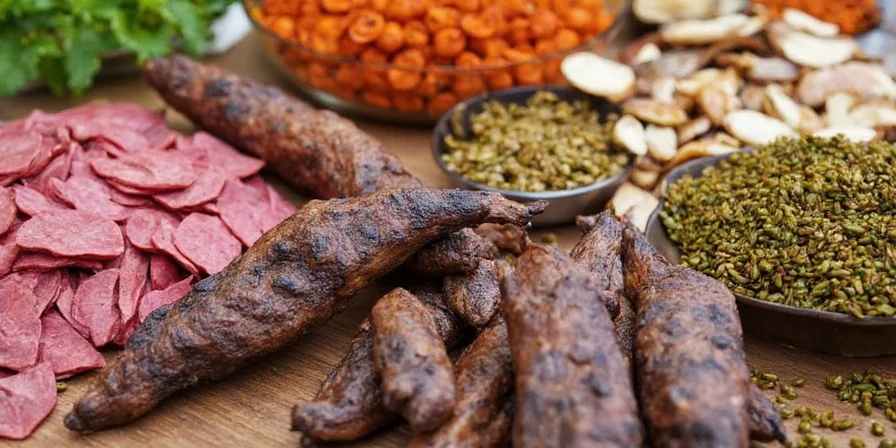









 浙公网安备
33010002000092号
浙公网安备
33010002000092号 浙B2-20120091-4
浙B2-20120091-4